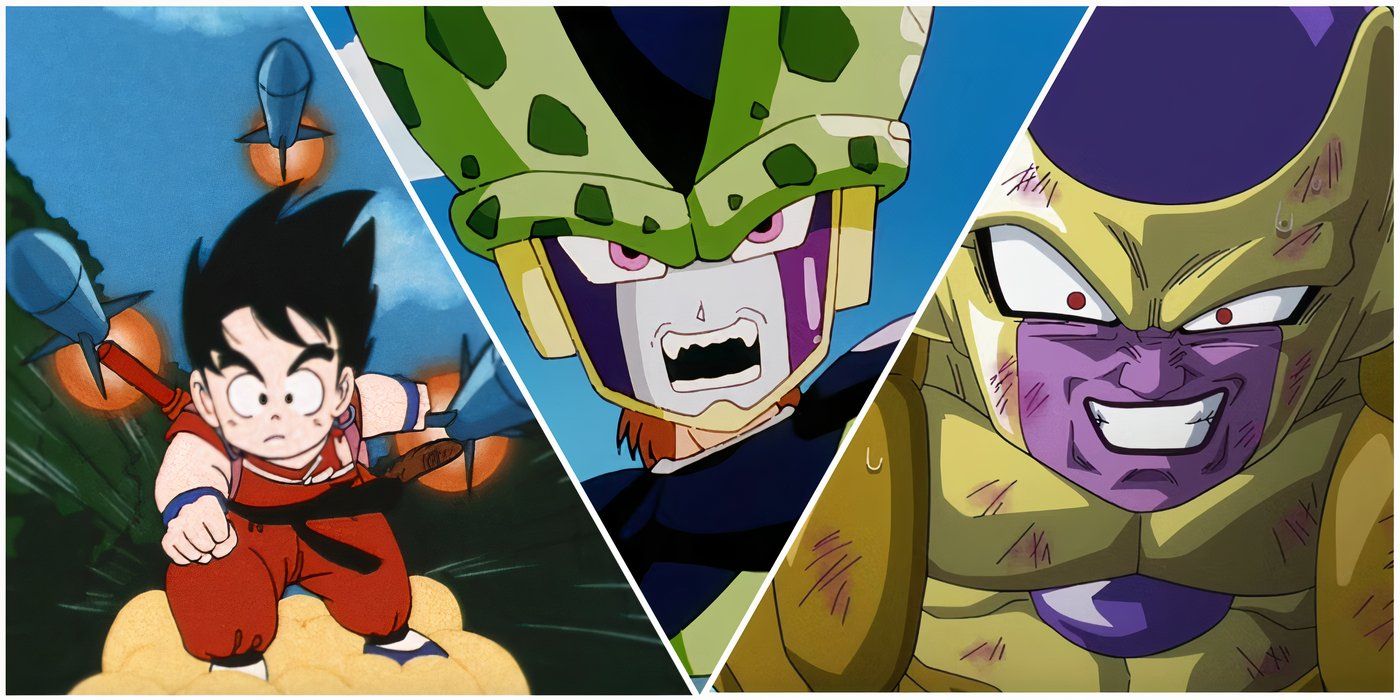
Akira Toriyama has created an indelible tale spanning over four decades and over 600 episodes, which is known as the Dragon Ball franchise. This story is broken down into numerous sagas, often marked by changes in primary antagonists or key plot developments. It’s tempting to focus on the spectacular milestones that signal a saga’s culmination and the dazzling transformations that conclude it.
While some parts of the “Dragon Ball” series offer a lot of creative freedom, they can appear less compelling when closely examined. These sections might generate tension and provide a satisfying first-time viewing experience, but their pacing, narrative structure, and character progression often falter upon multiple viewings. This doesn’t mean these parts are terrible or unsuccessful “Dragon Ball” sagas; instead, they represent instances where one viewing might suffice.
Dragon Ball: Episodes 29-45
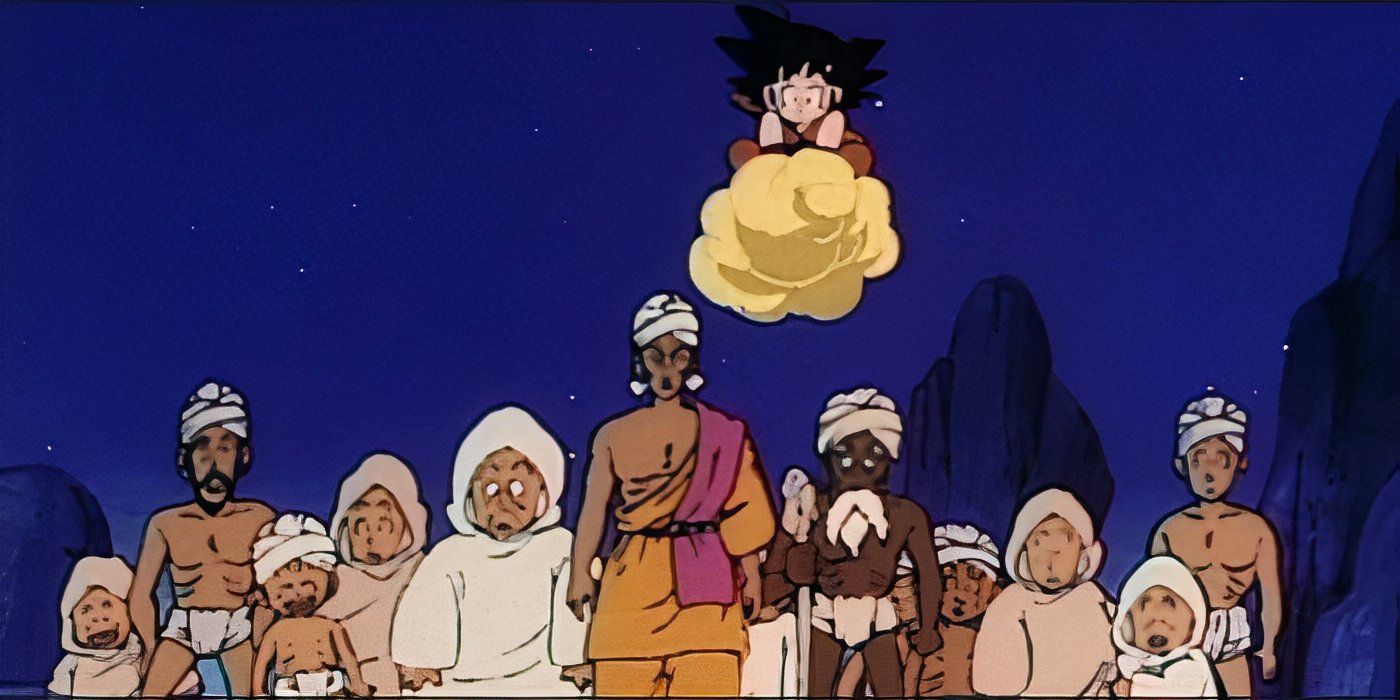
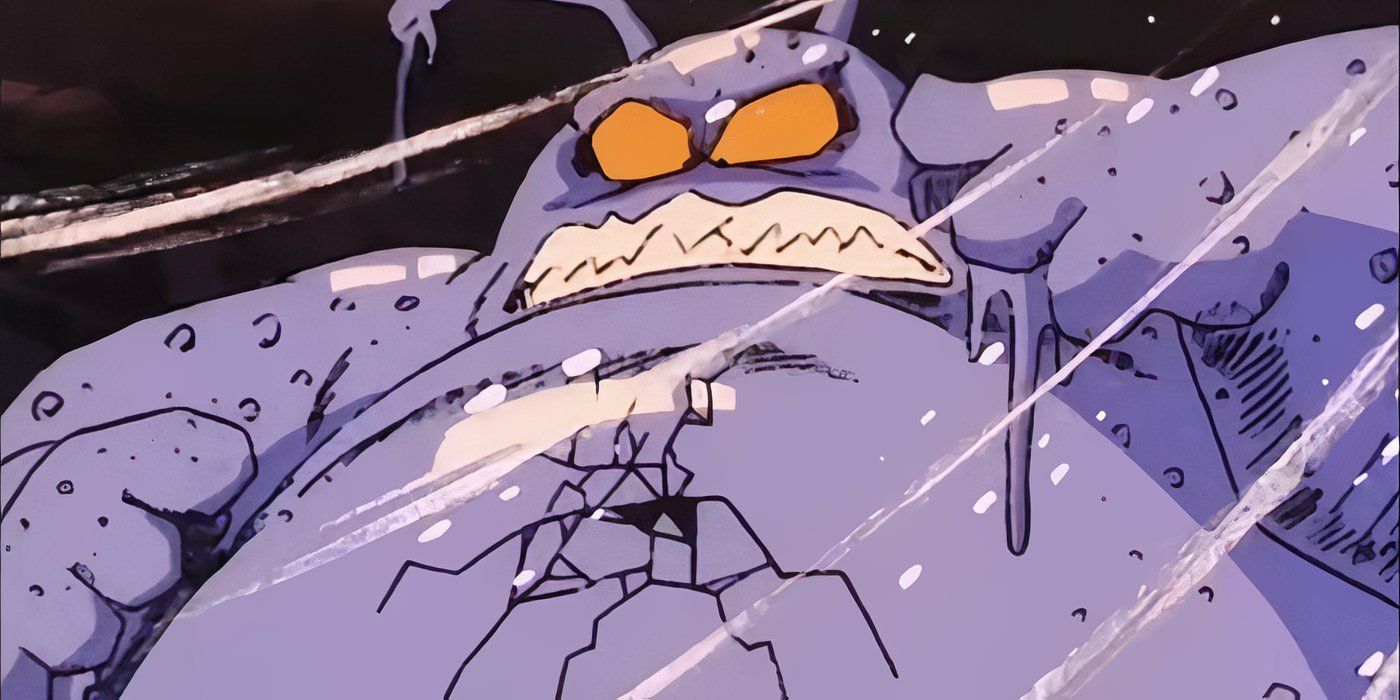
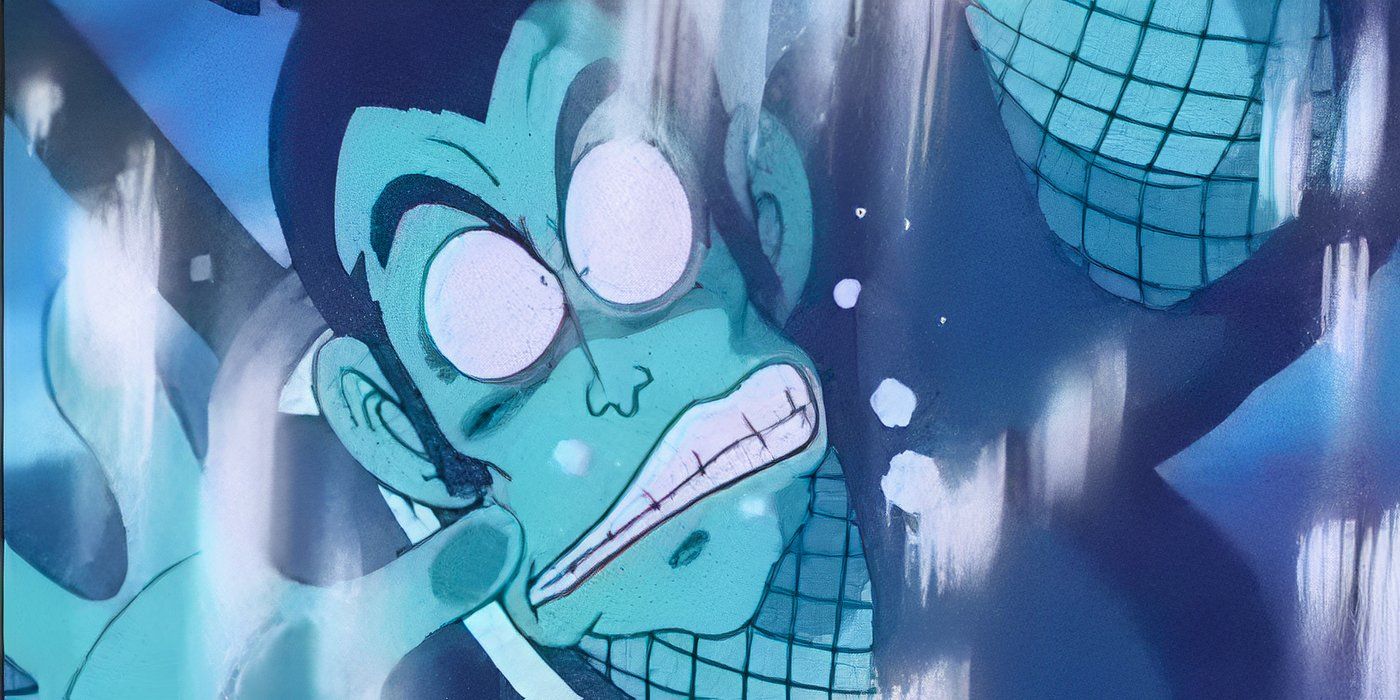
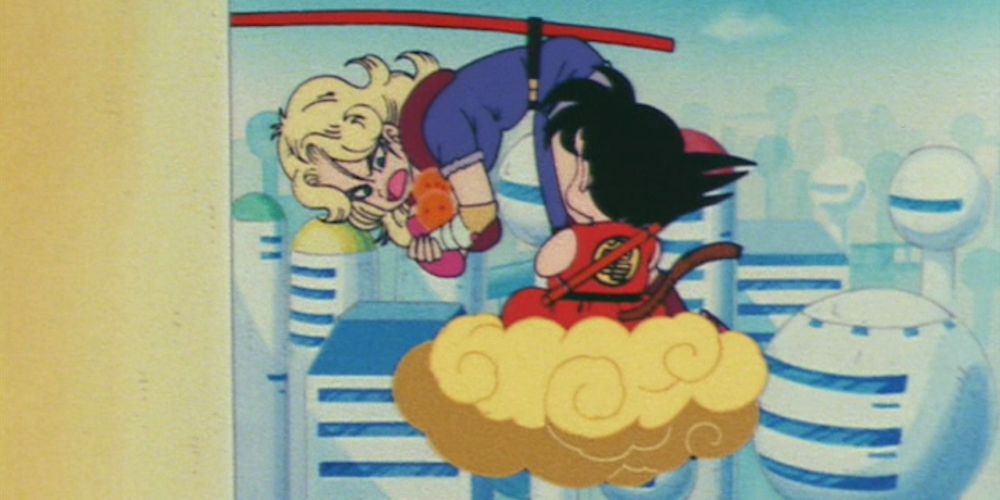
The original Dragon Ball’s Red Ribbon Army Saga isn’t a subpar or unsuccessful series of episodes; quite the contrary. It’s packed with imaginative battles featuring opponents like Major Metallitron, Buyon, and Ninja Murasaki, especially during Goku’s Muscle Tower infiltration. As he progresses through these episodes, Goku not only becomes a stronger fighter but also consistently demonstrates his pure-heartedness and kindness to those he meets.
Despite the fact that many fans cherish the main episodes of the Red Ribbon Army Saga, it’s often overlooked that this saga starts and ends with some less-than-impressive filler episodes. One such example is “The Roaming Lake,” which could be considered one of the weakest episodes in the entire Dragon Ball series. It’s common to only recall and praise the memorable moments from the Red Ribbon Army Saga, but a fresh view reveals just how much unnecessary content is scattered throughout these episodes.
Dragon Ball: Episodes 58-67
The Commander Red Saga in ‘Dragon Ball’ concludes the Red Ribbon Army storyline as the series gears up for even more formidable obstacles. Goku defeats his adversaries in both the Red Ribbon Army and General Blue Sagas, making Mercenary Tao the greatest threat in the Commander Red Saga. Notably, Mercenary Tao is among the few ‘Dragon Ball’ characters who are genuinely terrifying, and Goku must endure severe tests to build up his strength enough to vanquish the assassin.
Goku’s victory over Commanders Red and Black seems anticlimactic following Mercenary Tao’s brilliance. To an extent, it serves its purpose, but these ten episodes don’t make for the most impactful ending to a story. Thankfully, everything that comes after in the original Dragon Ball, especially, is top-notch content, ranking among the franchise’s finest work.
Dragon Ball Z: Episodes 195-199
In a more relaxed style, we could say: “Dragon Ball Z really goes all out with this aspect, featuring some anime-exclusive sagas that are nothing but filler content, like the Garlic Jr. and Other World Sagas. The Other World Saga has its fair share of supporters, primarily due to the introduction of one of Dragon Ball’s most adored non-canon characters, Pikkon from the West Galaxy. The idea behind the Other World Tournament and the climactic battle between Goku and Pikkon are quite enjoyable.
In contrast, the other fights lack a genuine feeling of importance or weight. The Other World Saga, spanning just five episodes, manages not to become overly prolonged. Unfortunately, due to its brevity, it doesn’t have enough time to develop truly impactful battles. Upon multiple viewings, Pikkon’s initial charm starts to fade and it becomes easier to evaluate these episodes more critically.
Dragon Ball Z: Episodes 210-219
The story of Dragon Ball Z’s Buu Saga unofficially commences with the Other World and Great Saiyaman sagas, but it’s during the World Martial Arts Tournament Saga that the narrative truly picks up pace. Goku returns to Earth for 24 hours to enjoy the 25th World Tournament with his loved ones, unaware that this brief visit will spark a wicked assault that threatens the planet’s survival. Spanning just ten episodes, the World Martial Arts Tournament Saga ends when the action finally heats up.
A grounded martial arts tournament serves as a tranquil prelude to an impending turmoil, however, it doesn’t hold up quite as well upon re-viewing. Even the most crucial part, which is often considered the heart of the saga, seems underwhelming. The World Tournament Saga appears to be merely passing time until the true Majin chaos can unfold.
Dragon Ball Z,: Episodes 254-275
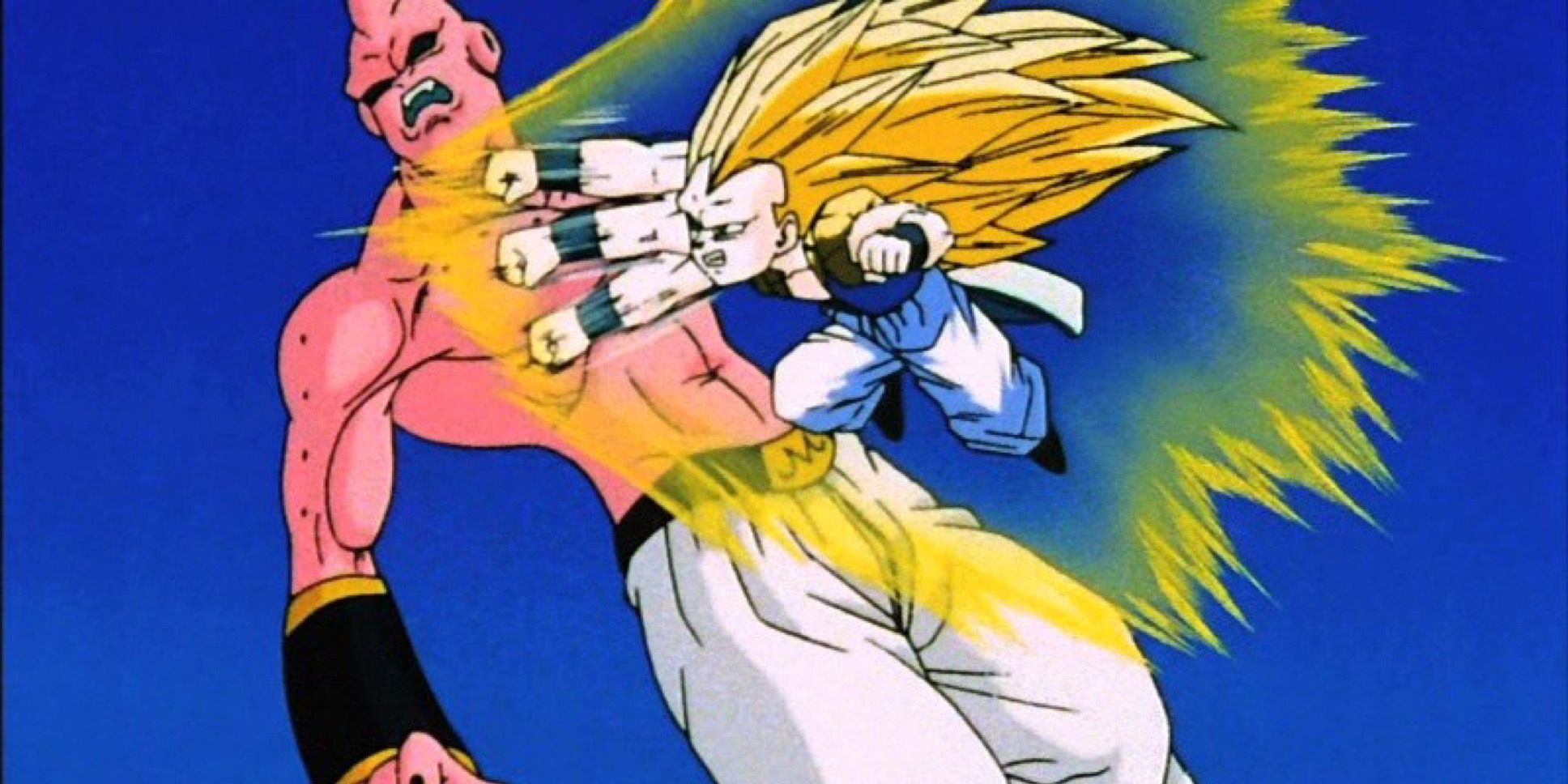
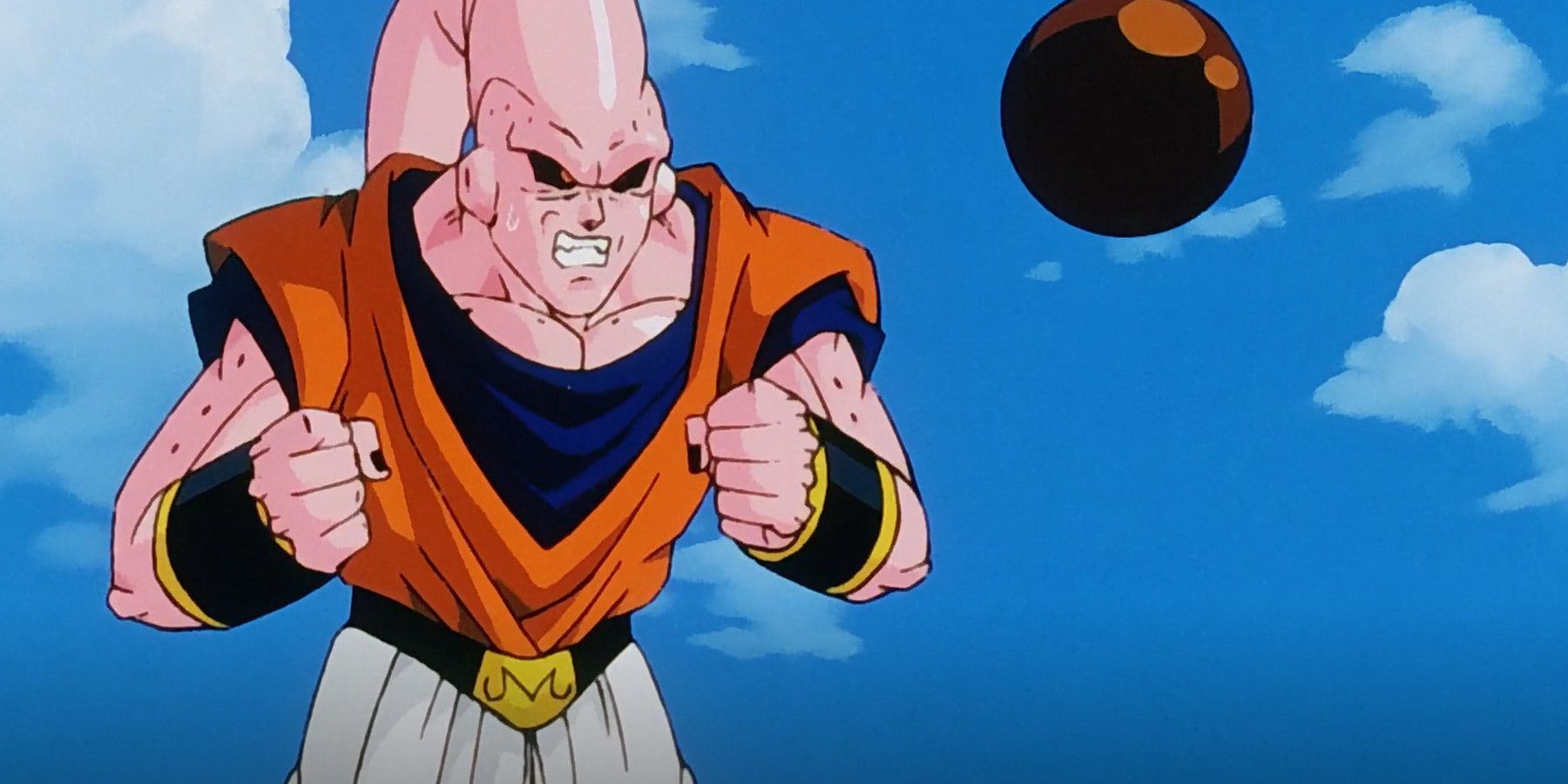
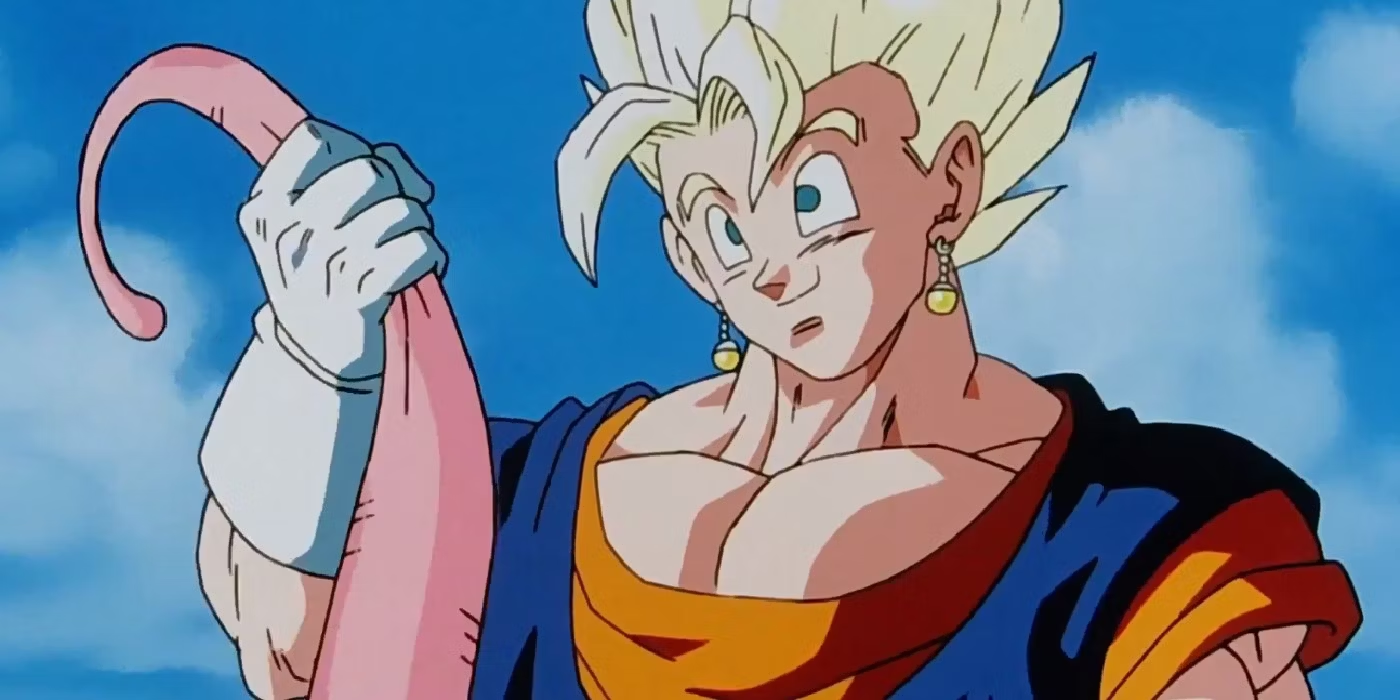
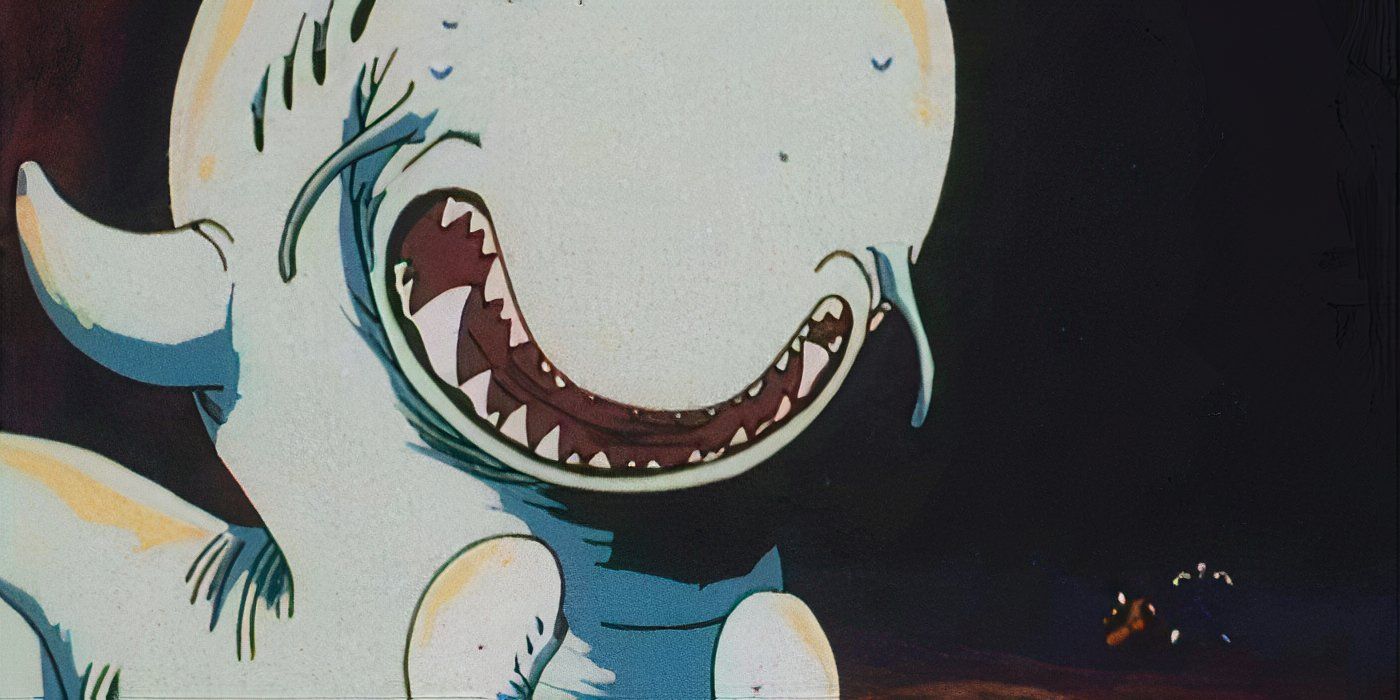
The introduction of fusion in Dragon Ball’s power system significantly alters its dynamics, which can seem somewhat extraneous when it’s presented during the Fusion Saga in Dragon Ball Z. Placed between the engaging and action-packed Majin Buu and Kid Buu Sagas, the Fusion Saga tends to capitalize on the conflicts against Super Buu.
Unfortunately, fusion doesn’t result in Buu’s defeat, but instead strengthens him further. Critics often point out that the pacing of the Buu Saga is slow, with the Fusion Saga being where the battles and narrative seem the most disorganized. The filler involving the giant roundworm, after Goku and Vegeta enter Buu’s body, is particularly debated.
Dragon Ball Z: Episodes 288-291
Concluding chapters can be tough, as resolving a saga’s end often serves as both the final act of the series and a fulfilling conclusion. Interestingly, the anime Dragon Ball Z provides some leeway for its characters with a ten-year time jump after Kid Buu’s downfall. This period is wrapped up in an enjoyable epilogue where everyone gathers again at the 28th World Martial Arts Tournament. However, these celebrations are abruptly halted when Goku becomes intrigued by Uub, a young man with hidden powers.
Goku and Uub’s sudden departure seems fitting within the grand scope of themes in Dragon Ball, yet it leaves the Peaceful World Arc feeling incomplete. A similar ending would be more satisfying if it was part of a well-structured martial arts tournament storyline. The Peaceful World Arc is less enjoyable on repeated viewings because Dragon Ball tends to skip over this particular time period. It appears that Dragon Ball Super and Dragon Ball DAIMA shy away from exploring the Peaceful World Saga, which diminishes its significance.
Dragon Ball GT: Episodes 1-16
At times, a fresh anime series may need some patience to establish its unique identity. For instance, Dragon Ball GT experienced an identity crisis at the start, wrestling with the question of what type of series it wanted to become. This struggle resulted in a discordant opening saga, characterized by a tone that differed from the rest of Dragon Ball GT, and included concepts and storylines that were never revisited or concluded. Consequently, the Black Star Dragon Ball Saga appears insubstantial, particularly upon repeat viewings, which is not ideal for a series launch. By the saga’s end, Goku, Pan, and Trunks may not have developed a cohesive team dynamic.
As a die-hard Dragon Ball fan, I must say that the Black Star Dragon Ball Saga didn’t exactly set Japan ablaze! So bold was the move, the English dub of Dragon Ball GT opted to leapfrog this opening arc, compress it into a clip show premiere, and dive headfirst into the fantastic Baby Saga instead. Later on, these episodes were gathered and released as “The Lost Episodes.” Skipping past these tales, rather than risking the departure of fans who might never return, hints at the saga’s less-than-stellar reputation in Dragon Ball history.
Dragon Ball GT: Episodes 41-47
Dragon Ball GT delves into some innovative concepts, yet it’s relatively brief, spanning just 64 episodes. Among its four storylines, the Super 17 Saga is the most concise, encompassing only seven episodes. One might expect these episodes to be a fulfilling comeback, given they feature the reappearance of Frieza, Cell, Dr. Gero, as well as a host of other vanquished antagonists. Not to mention, the return of numerous past adversaries!
Regrettably, the Super 17 Saga fails to live up to its promise. The initial events, including the poorly handled 31st World Martial Arts Tournament and occurrences like Krillin’s demise and Piccolo’s decision to spend eternity in Hell, seem insincere. The Super 17 Saga serves as a cautionary tale that shallow fan service can only carry a story so far, and it cannot replace quality writing.
Dragon Ball Super: Episodes 16-27
In the Dragon Ball Super series, the Golden Frieza Saga serves as the second major storyline, extending the events of ‘Dragon Ball Z: Resurrection ‘F’ over a series of about a dozen episodes. Similar to the God of Destruction Beerus Saga before it, this narrative arc adapts the source material less elegantly, and the overall content is somewhat less captivating. Despite its merits in highlighting Dragon Ball’s secondary characters as Goku and Vegeta train with Whis, this saga diminishes the perceived strength of fan-favorites like Gohan and Piccolo during their battles.
The initial comeback of Frieza was a significant event, no doubt about it. However, after multiple resurrections, the impact isn’t as potent in this saga. Battles between Frieza, Super Saiyan Blue Goku, and Vegeta, while impressive, aren’t as engaging compared to his previous battles. It’s noteworthy that Frieza manages to destroy Earth, but the suspense wanes with each rewatch because we’re aware it’s just another destruction on his part.
Dragon Ball Super: Episodes 28-41
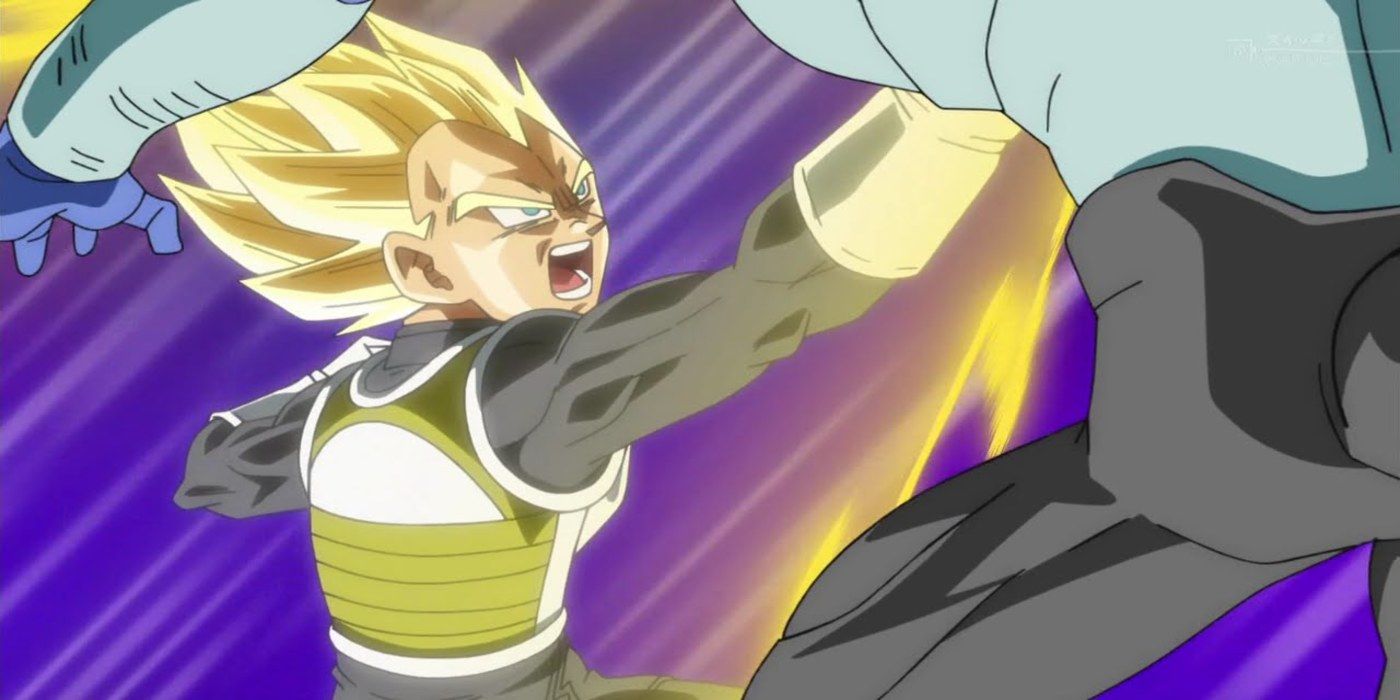
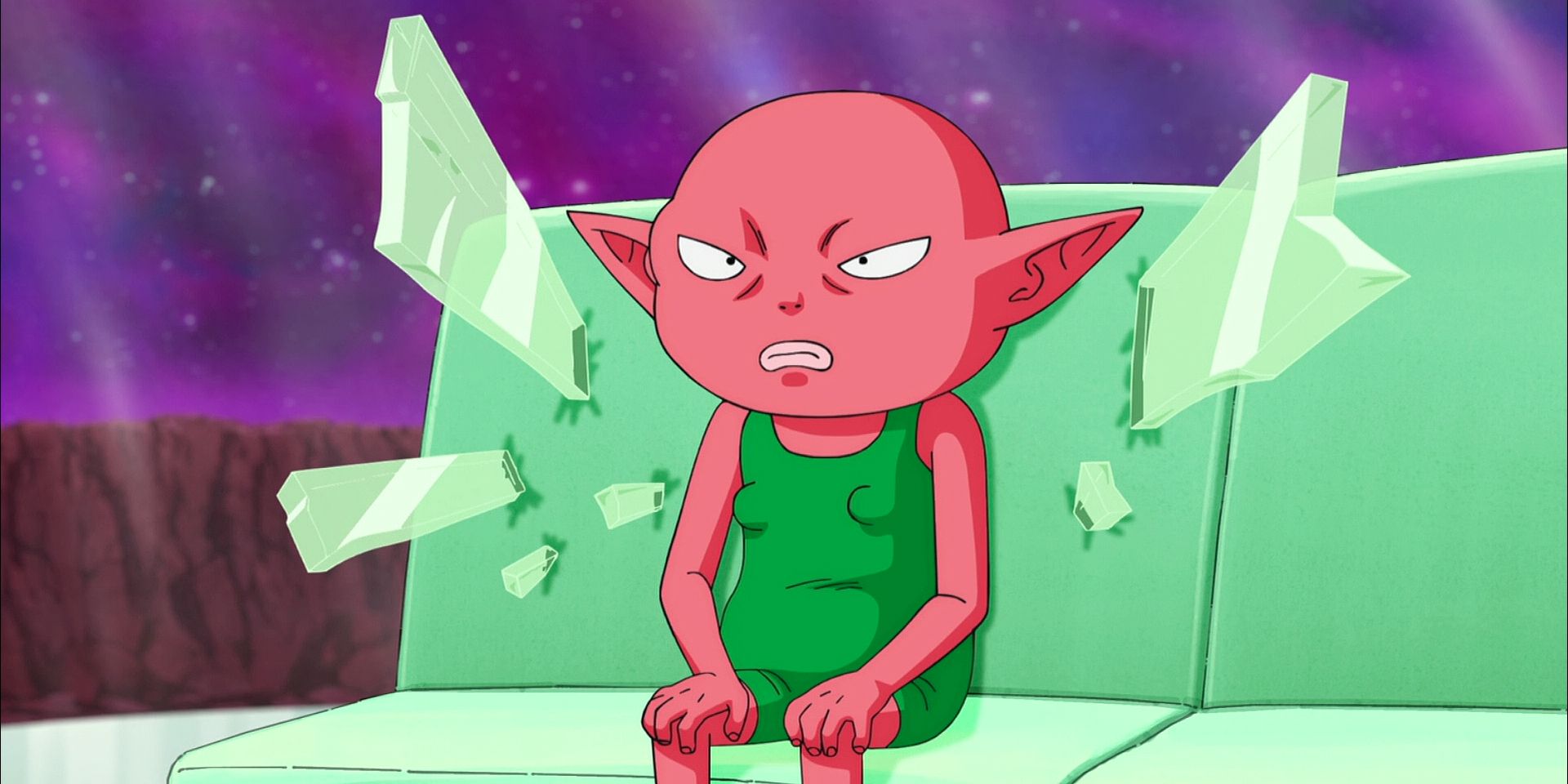
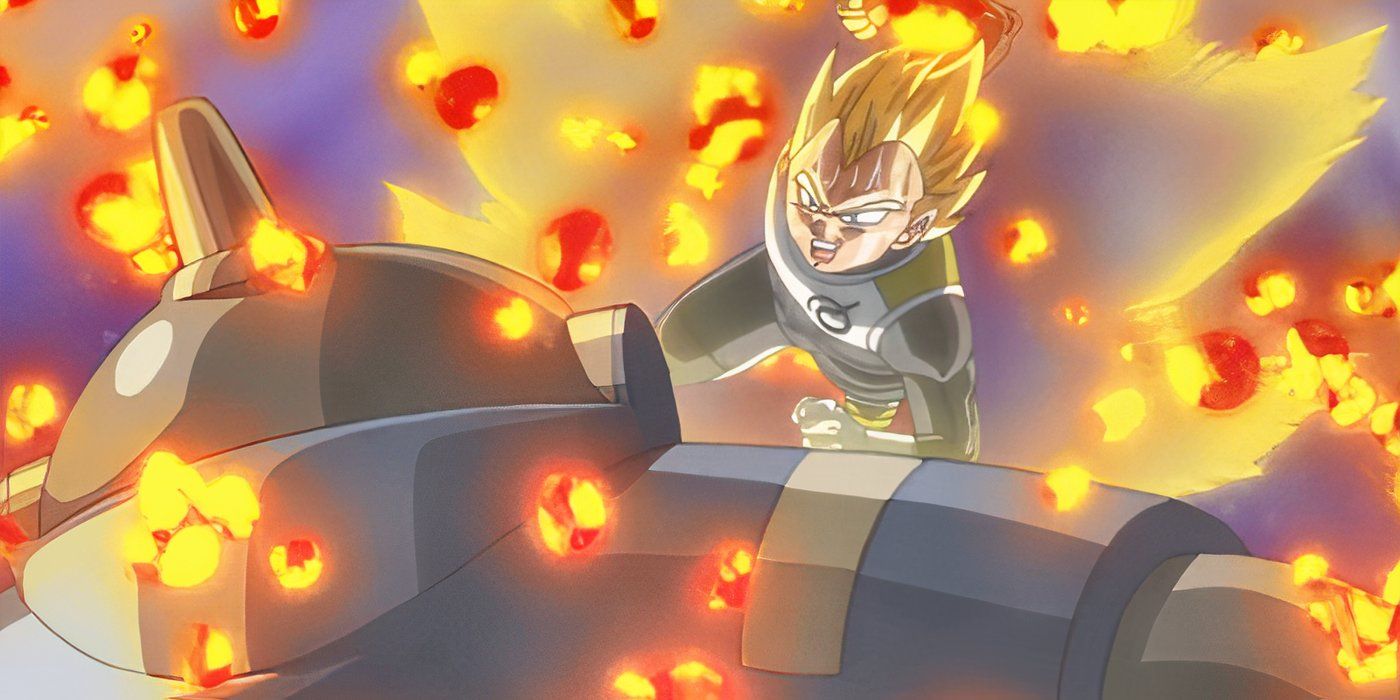
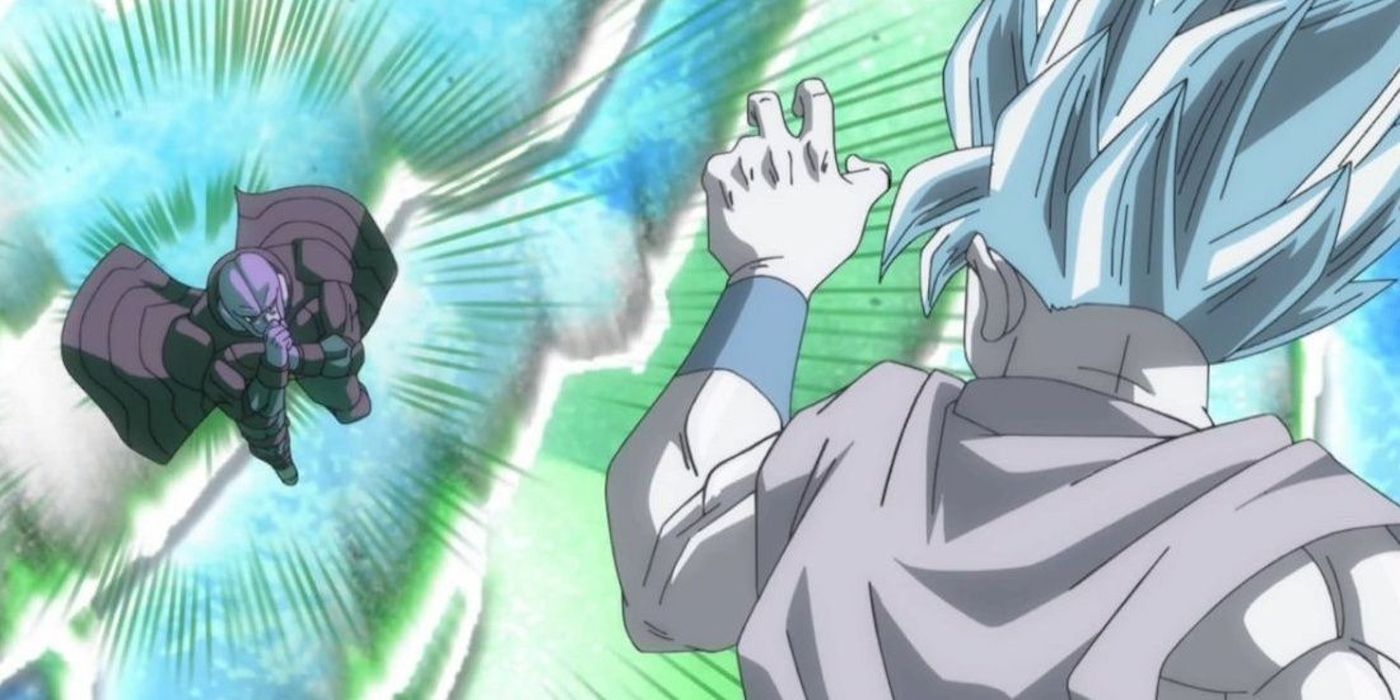
The Universe 6 Arc in Dragon Ball Super was widely acclaimed when it debuted, as it marked a departure from retelling canonical movie stories. Instead, it delved deeper into the show’s multiverse concept, introduced the Super Dragon Balls, and offered innovative storytelling through the Tournament of Destroyers. It also developed an intriguing dynamic between Beerus and Universe 6’s Champa, adding depth to their relationship.
There’s plenty to appreciate within the Universe 6 Saga, such as Vegeta dominating the tournament leading up to Hit or Goku’s clever use of Blue Kaio-Ken. Yet, some of the saga’s surprises, like revealing Frost’s true identity and delving into Monaka’s past, don’t hold up quite as well upon multiple viewings. Many of these battles seem to end with a whimper rather than a bang, making it feel like Dragon Ball Super‘s version of Fortuneteller Baba’s Tournament in many aspects.
Read More
- Who Is Harley Wallace? The Heartbreaking Truth Behind Bring Her Back’s Dedication
- Basketball Zero Boombox & Music ID Codes – Roblox
- 50 Ankle Break & Score Sound ID Codes for Basketball Zero
- 50 Goal Sound ID Codes for Blue Lock Rivals
- LINK PREDICTION. LINK cryptocurrency
- 100 Most-Watched TV Series of 2024-25 Across Streaming, Broadcast and Cable: ‘Squid Game’ Leads This Season’s Rankers
- Ultimate AI Limit Beginner’s Guide [Best Stats, Gear, Weapons & More]
- TikToker goes viral with world’s “most expensive” 24k gold Labubu
- League of Legends MSI 2025: Full schedule, qualified teams & more
- Revisiting Peter Jackson’s Epic Monster Masterpiece: King Kong’s Lasting Impact on Cinema
2025-05-10 02:32